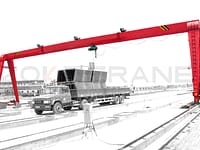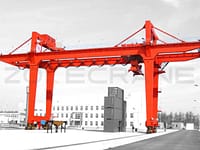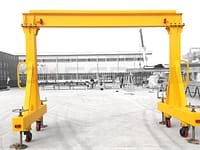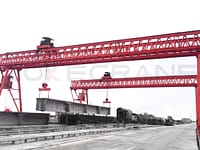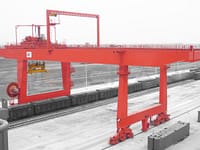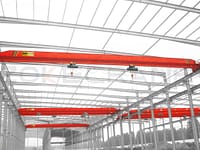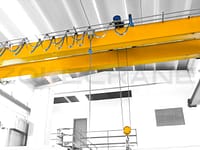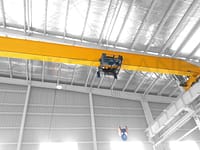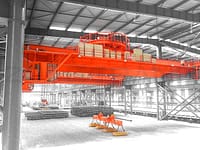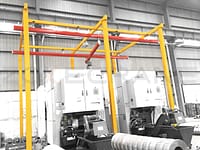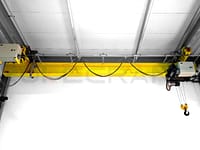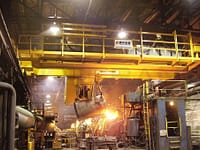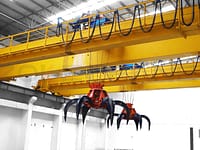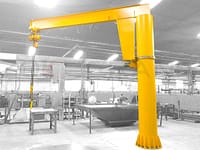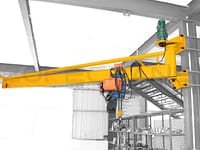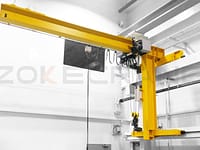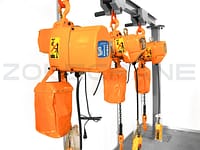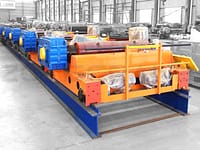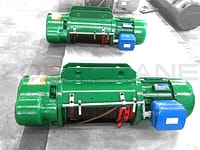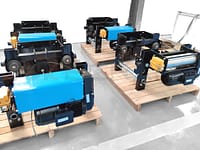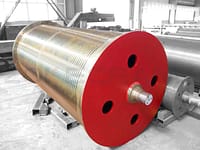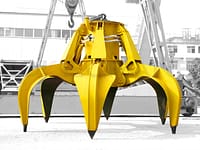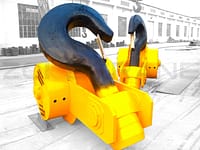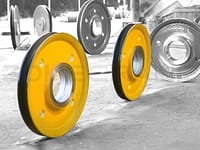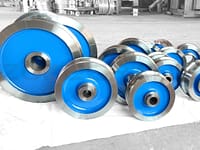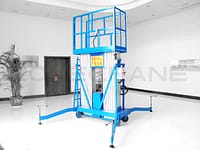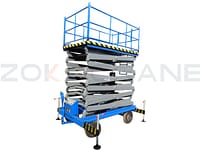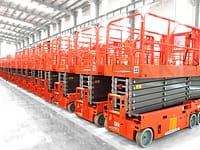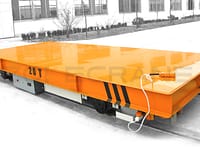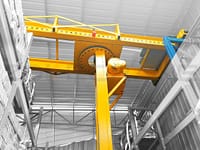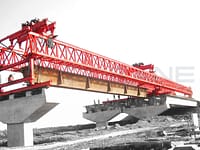Crane rails are vital components in the construction and operation of cranes, providing a sturdy and reliable track for the movement of heavy loads. To withstand the demanding conditions and high loads associated with crane operations, crane rails are typically made from high-strength steel. In this article, we will provide a comprehensive overview of the steel grades commonly used for crane rails, considering factors such as load capacity, industry standards, and mechanical properties.
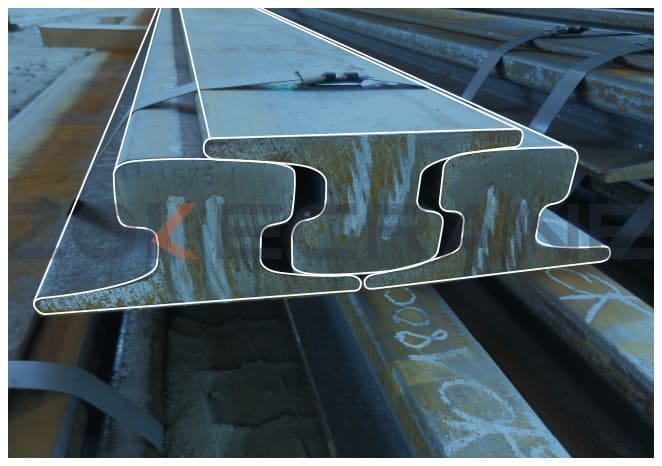
ASTM A759
ASTM A759 is a widely recognized standard specification for carbon steel crane rails. It provides guidelines for the selection and manufacturing of crane rails. Within this standard, two commonly used grades are:
- ASTM A759 Grade 1: This grade is suitable for light to moderate-duty crane applications. It offers good strength and durability while meeting the requirements of less demanding crane operations.
- ASTM A759 Grade 2: Grade 2 of ASTM A759 is a higher-strength carbon steel grade designed for heavy-duty crane applications. It provides increased load-carrying capacity and enhanced resistance to wear and fatigue.
DIN 536
DIN 536 is a European standard that specifies crane rails for various applications. It includes multiple grades with varying mechanical properties to accommodate different load capacities. Some notable grades within this standard are:
- DIN 536-1: This grade is suitable for moderate load-carrying capacity and provides a balance between strength and cost-effectiveness.
- DIN 536-2: Grade 2 offers higher load-carrying capacity compared to DIN 536-1 and is suitable for more demanding crane operations.
- DIN 536-3: This grade provides the highest load-carrying capacity within the DIN 536 standard and is ideal for heavy-duty crane applications.
BS 11
BS 11 is a British Standard that specifies crane rails for overhead cranes. It includes different grades tailored to specific load requirements. Notable grades within this standard include:
- BS 11-1985: This grade offers standard load-carrying capacity and is commonly used for general-purpose crane applications.
- BS 11-1985/2: Grade 2 provides increased load-carrying capacity compared to BS 11-1985, making it suitable for heavier loads.
- BS 11-1985/4: Grade 4 offers the highest load-carrying capacity within the BS 11 standard and is ideal for heavy-duty crane operations.
The selection of the appropriate steel grade for crane rails depends on various factors, including the application, load requirements, and adherence to industry standards. Steel grades such as ASTM A759 (Grade 1 and Grade 2), DIN 536 (DIN 536-1, DIN 536-2, and DIN 536-3), and BS 11 (BS 11-1985, BS 11-1985/2, and BS 11-1985/4) are commonly used for crane rails, offering a range of load capacities and mechanical properties.
It is essential to consult the relevant industry standards, local regulations, and engineering specifications when selecting a steel grade for crane rails. Additionally, seeking advice from crane rail manufacturers or experts can provide valuable insights and ensure the chosen steel grade meets the specific requirements of the crane application, ultimately ensuring safe and efficient crane operations.
